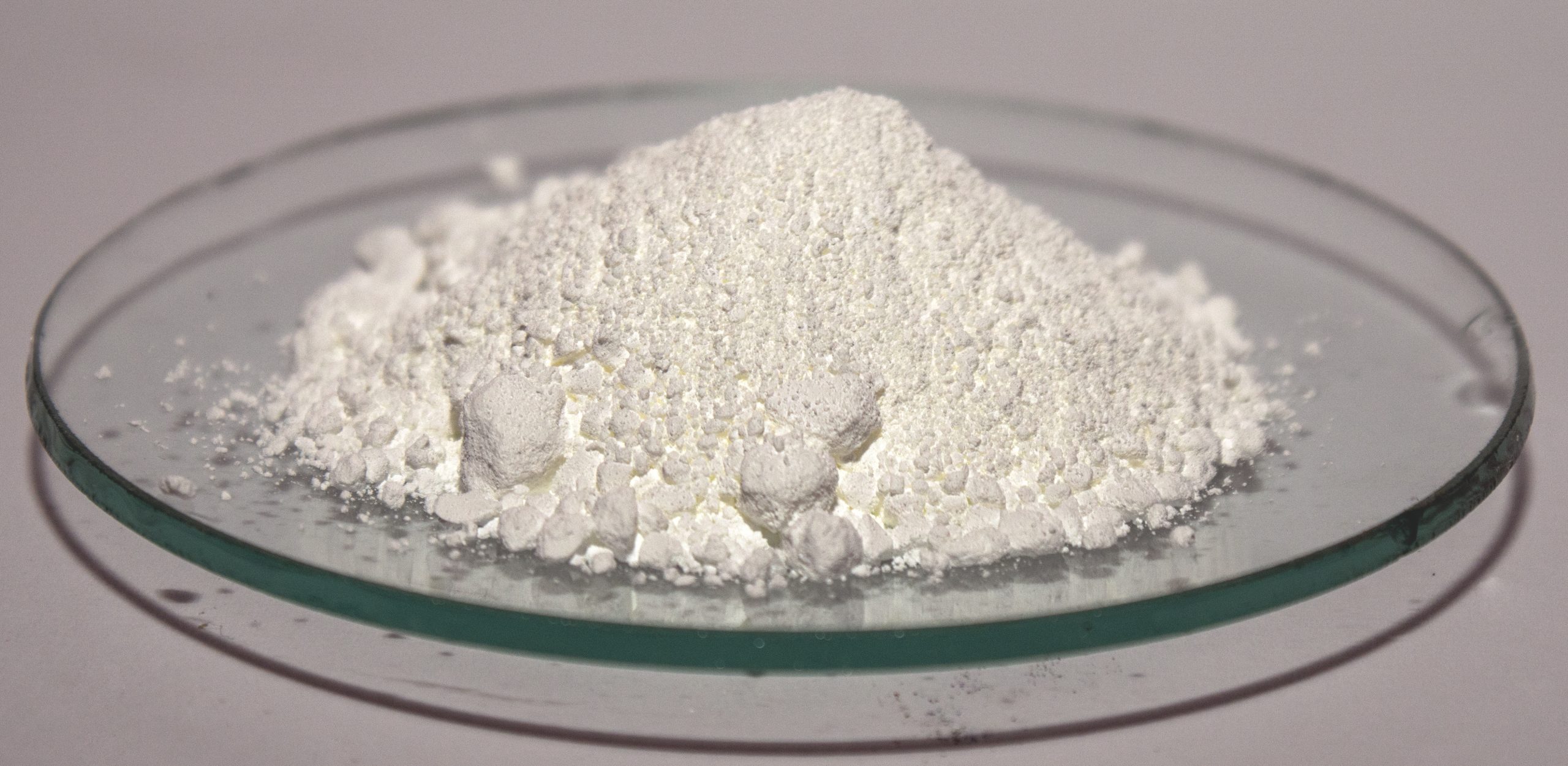New zinc oxide surface kills airborne viruses and bacteria

They are all around us, some strong, some weak, some easy to destroy some resilient in their surroundings and some even spread through coughs and sneezes. Tiny infectious microbes, from the virus that causes COVID-19 to airborne bacteria, kill millions of people around the world each year. Now engineers from ETH Zurich have studied how zinc oxide surfaces have the power to kill pathogens within minutes if not a few hours.
In this experiment a group of scientists exposed E. coli bacteria to zinc oxide surface and within a short period of time the bacteria was eliminated. The biggest surprise that was found was that even bacteria that did not come in direct contact with Zinc Oxide were eliminated in the air.
This disinfection at a distance works because of the way Zinc Oxide reacts with water vapor in the air to release oxygen as a chemical reaction, which comes about as a result of causing damage to the cell wall of the bacteria. The group from ETH Zurich, IIT Ropar India, and Empa, Switzerland, presented their initial findings at the 73rd Annual Meeting of the American Physical Society’s Division of Fluid Dynamics.
In Southeast Asian and African countries where clean drinking water is scarce, current solar water disinfection methods take up to 48 hours and require a minimum intensity of sunlight. The new zinc oxide surface speeds up the disinfection process and does not need light.
This surface can be used to disinfect water in remote areas at a very low cost and the fabrication technique is environmentally friendly, simple, and economical.
Surface and waterborne pathogens aren’t the only killers. As the COVID-19 pandemic has reinforced, airborne viruses and bacteria pose a serious global challenge for disinfection.
The very droplets and or humidity that carries pathogens through the air can play a role in destroying them. In the microseconds that droplets take to form, their fluids rearrange rapidly, stressing the microbes and virus within. The chemical reaction works similar to a tornado but at a cellular level. With each contact a pathogen in a droplet fluid will get spun so hard causing an agitation that will make it impossible for the bacteria or virus to survive. McRae and a team from Boston University and the Centers for Disease Control and Prevention call this hydrodynamic agitation.

